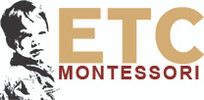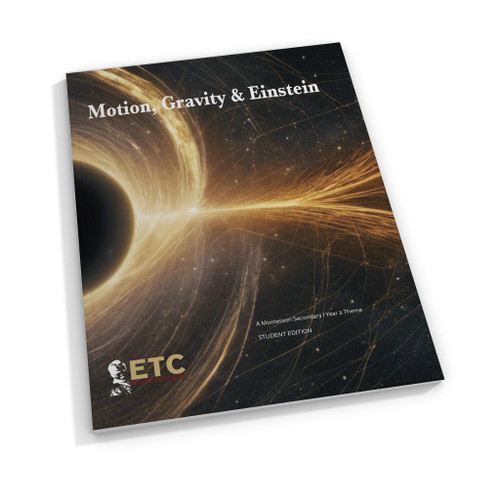Product Overview
For use with the Secondary Y2 C1 theme of Forces
Based on the theme of Forces, this module focuses the transformative power of revolutions—both historic and modern. Students will investigate pivotal world events, from political upheavals to socioeconomic shifts, exploring how interwoven forces of governance, economy, culture, and technology spark change. Engaging lessons and structured activities guide learners to examine primary sources, conduct original research, and collaborate on multimedia presentations, fostering strong analytical and communication skills.
Designed to address key Common Core, ELA, and Social Studies standards, this curriculum promotes higher-level thinking by prompting students to question cause-and-effect relationships, interpret data, and synthesize varied perspectives. Multiple learning styles are supported through the incorporation of timelines, debate forums, reflective writing assignments, and hands-on projects. By connecting past struggles for independence or social justice to contemporary movements, students gain a richer understanding of the ongoing impact revolutions have on our modern world. This holistic approach equips them with the tools and insights needed to become informed, empathetic, and engaged global citizens
Key Features
-
Interdisciplinary Focus
-
History + Literacy Integration: Students read and analyze primary documents (e.g., historical speeches, diaries), connecting them to modern movements.
-
Social Studies + Economics: Lessons highlight how technological, social, and economic pressures shape both historic and contemporary revolutions.
-
-
Higher-Level Thinking Skills
-
Socratic Discussions: Open-ended, student-led seminars encourage learners to pose thoughtful questions, synthesize information, and formulate evidence-based arguments.
-
Critical Inquiry: Students are guided to examine multiple perspectives, detect bias, and evaluate sources—vital skills for advanced analytical thinking.
-
-
Hands-On and Project-Based Learning
-
Interactive Timelines: Students construct visual roadmaps of key events and turning points, promoting a tactile and collaborative approach to understanding complex content.
-
Inquiry-Driven Projects: Whether creating multimedia presentations, developing debate points, or designing concept maps, students take on the role of researchers and creators.
-
-
Support for Multiple Learning Styles
-
Visual-Spatial: Engaging infographics, timelines, and interactive charts help clarify and organize historical and socioeconomic concepts.
-
Verbal-Linguistic: Students strengthen reading, writing, and discussion skills through essays, position papers, and structured debates.
-
Interpersonal: Collaborative projects, peer reviews, and group discussions encourage communication, empathy, and teamwork.
-
Logical-Mathematical: Opportunities for data analysis (e.g., examining socioeconomic statistics, comparing eras) develop pattern recognition and quantitative reasoning.
-
-
Meets Core Academic Standards
-
Common Core Alignment: Explicitly tied to CCSS in Reading History, Writing, and Speaking & Listening, ensuring your learners meet or exceed key academic milestones.
-
ELA Standards: Emphasizes vocabulary development, textual evidence analysis, and coherent writing, reinforcing literacy across the curriculum.
-
Social Studies Standards: Encourages investigations into governance, economics, and culture in line with NCSS and C3 Framework guidelines.
-
-
Montessori Philosophy Integration
-
Student Autonomy: Learners choose research topics within the theme of revolution that spark their curiosity, thus promoting self-directed study.
-
Whole Child Development: Focuses on both cognitive and social-emotional growth by weaving in empathy, collaboration, and respect for varying viewpoints.
-
Real-World Application: Case studies on current movements (e.g., digital “communication revolutions”) help students draw connections between past and present, making their learning purposeful and relevant.
-
-
Sustainability and Growth
-
Scalable Content: Materials and activities can be adjusted for different class sizes, learning levels, and schedules, making it ideal for multi-age Montessori environments.
-
Ongoing Reflection: Built-in reflection and self-assessment exercises empower students to take ownership of their progress, refining both their academic and personal goals.
-
Why This Curriculum?
- Standards Alignment: Meets core literacy and social studies standards, ensuring academic rigor and appropriate skill progression for middle school learners.
- Cultural and Civic Engagement: Encourages empathy, civic responsibility, and an appreciation for the diverse tapestry of American society.
- Flexible Implementation: Resources and project suggestions can be adapted to fit individual class schedules, learning objectives, and student interests.
Includes:
- Teacher's Notes and Resources
- 5 Student Editions (additional copies may be purchased separately)
STANDARDS
View the Standards that are met through this material.







